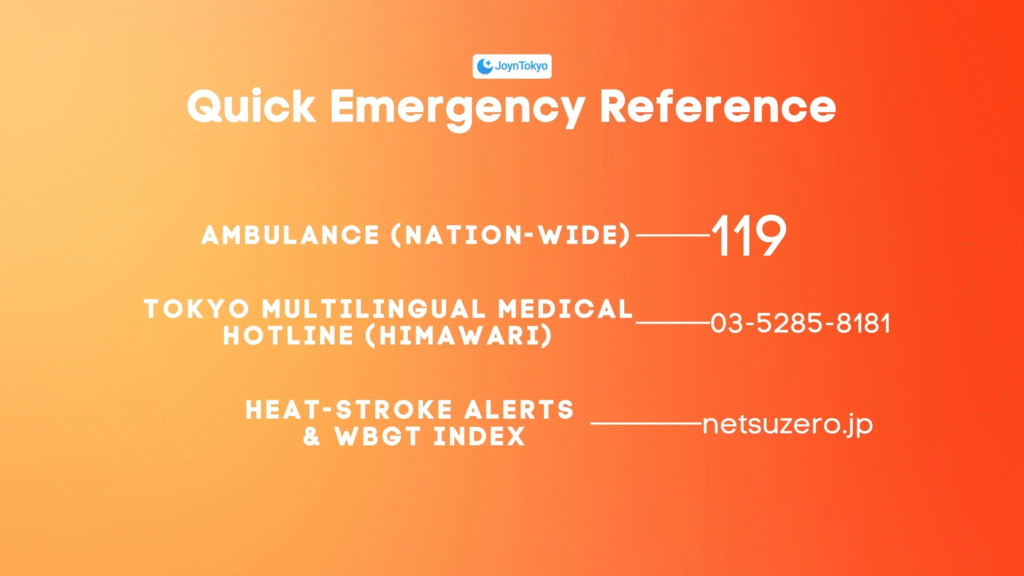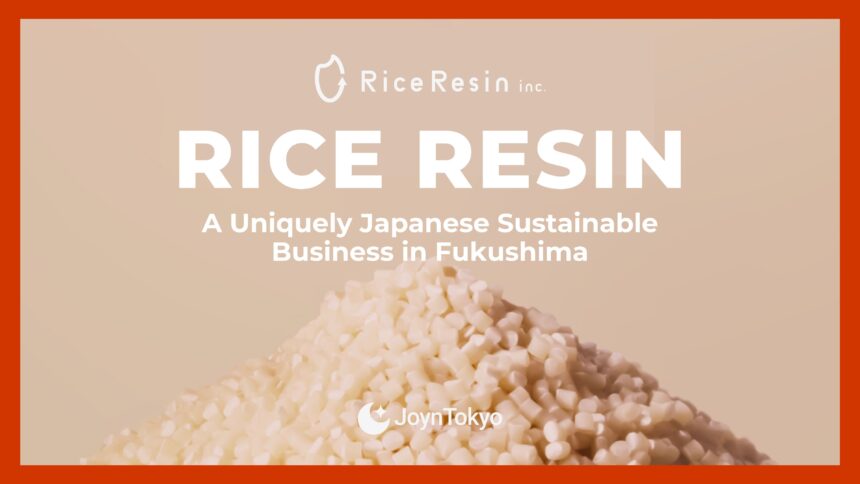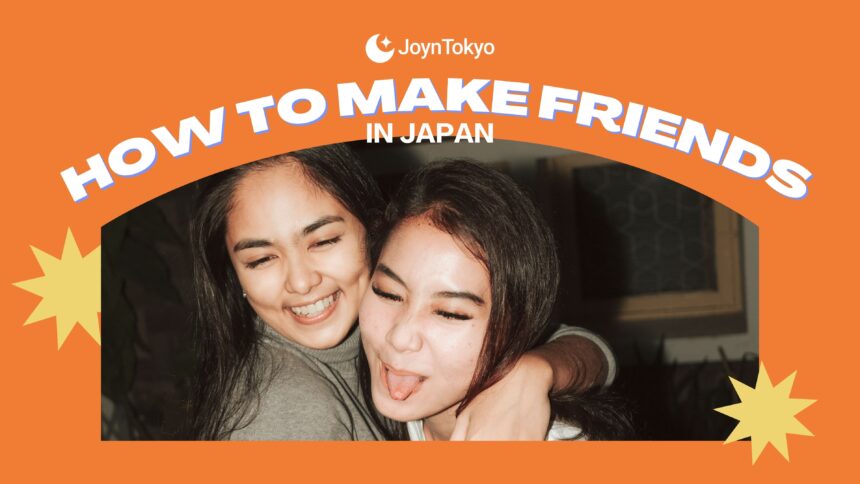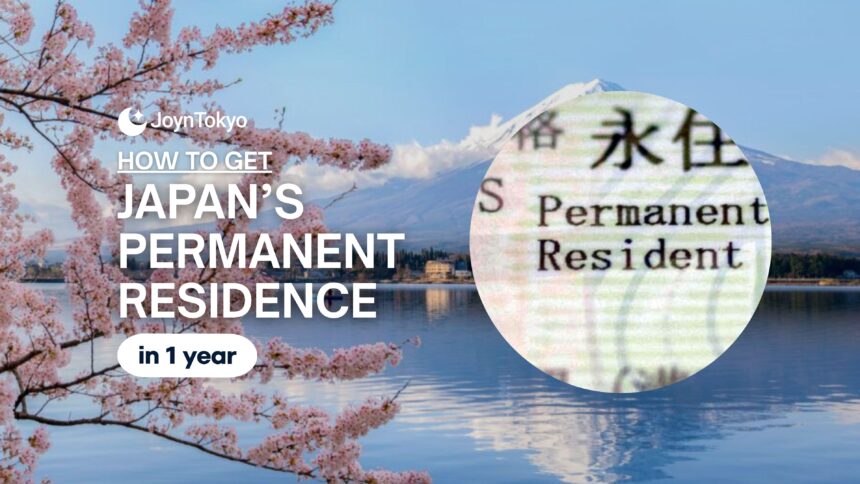Quick Emergency Reference
Ambulance (nation-wide) – Dial 119
Tokyo Multilingual Medical Hotline (Himawari) – 03-5285-8181
Heat-Stroke Alerts & WBGT Index – Ministry of the Environment / netsuzero.jp
Cooling-Shelter Maps – Tokyo Metropolitan Government (check your ward website)
Japanese summers are famous for fireworks and festivals—but also for relentless heat and humidity that can floor even seasoned residents. In 2024 more than 97,000 people were taken to hospital for heat-related illness—the highest figure since national records began.* Understanding why the heat feels harsher here, and how official alerts translate into actionable steps, will turn a risky season into a memorable one for all the right reasons.

1. Why Planning Ahead Matters

Before cicadas start their chorus, the government issues daily heat-stroke warnings. They exist because an average 1,300 deaths occur each year despite Japan’s robust public-health messaging.* Planning ahead means recognising local risk factors—high humidity, concrete “heat islands”, language barriers—and putting counter-measures in place before symptoms strike.
1-1 The Scale of the Problem

- Hospitalisations (2024): 97,578 people*
- Heat-stroke deaths (5-year average): ≈1,300 per year*
- Elderly share of ambulance calls: >50 % These numbers climb each year that global warming nudges summer peaks upward.
2. Japan’s Summer Climate Explained
A subtropical jet stream, moisture-laden air from the Pacific, and densely built cities create a sauna-like environment from late June through early September.
2-1 Temperature & Humidity Benchmarks
Daytime highs of 33–37 °C are common in Tokyo, Osaka, and Nagoya, while relative humidity regularly exceeds 70 %. Nights often stay above 25 °C (so-called tropical nights), preventing the body from cooling.
2-2 Urban Heat Islands
Concrete absorbs solar energy by day and releases it after sunset. Central Tokyo can remain 2–3 °C warmer than its suburbs on still nights, extending heat stress well past daylight hours.
2-3 Typhoon Season & Sudden Spikes
Passing typhoons drag warm moist air inland, sometimes causing WBGT indices to jump from “Caution” to “Danger” levels within hours. Keep alerts switched on even when skies look overcast.
3. What Is Heat Stroke?
In Japanese, heat stroke is 熱中症 (necchū-shō)—an umbrella term covering everything from mild heat cramps to life-threatening organ failure.
3-1 Heat Exhaustion vs Heat Stroke
| State | Core Temp | Key Signs | Action |
|---|---|---|---|
| Heat Exhaustion | 37–40 °C | Dizziness, heavy sweating, intense thirst | Rest, cool drinks, shade |
| Heat Stroke | ≥40 °C | Altered consciousness, convulsions, dry skin | Call 119 immediately |
3-2 Early Warning Signs Foreigners Often Miss
Unsteadiness, headache, nausea, or a sudden stop in sweating signal danger. Children may simply appear listless or unusually flushed.
3-3 Who Is Most at Risk?
Elderly residents, outdoor workers, small children, and visitors unaccustomed to humidity top the list. Some medications, alcohol, and hesitation over Japanese emergency services add risk for foreigners.
4. Prevention Strategies for Daily Life
Small habits make the difference between comfort and collapse.
4-1 Decoding Heat Alerts & the WBGT Index
Japan bases its alerts on the Wet-Bulb Globe Temperature (WBGT), which factors humidity and solar radiation. Since 2024 a new Special Heat-Stroke Alert triggers at WBGT 35 °C, classed as “unprecedented danger”. When your phone or station signage flashes this level, cancel strenuous plans.
4-2 Hydration & Nutrition Hacks
Convenience stores stock OS-1 and Aquarius ORS, formulated to replace electrolytes quickly. Aim for 1–1.5 L per hour of light activity in direct sun; add a pinch of salt or eat a salted plum (ume-boshi) to retain fluids.
4-3 Cooling Your Space Efficiently

Modern A/C units feature a 除湿 (dry) mode that cuts humidity and electric bills. Many wards subsidise smart thermostats and blackout blinds—check your local office for vouchers.
4-4 Smart Clothing & Gadgets
UV-blocking parasols, cooling scarves (hiyashin), and fan-equipped jackets once reserved for construction crews are now mainstream. Battery neck coolers using Peltier elements fit neatly into city-cycling lifestyles.
4-5 Scheduling Outdoor Fun Safely
Plan hikes or temple visits before 10 am or after 4 pm. At festivals, rotate between parade routes and shaded alleys, carry a collapsible parasol, and freeze PET bottles overnight for slow-release cooling.
5. Emergency Response Guide
Seconds matter when heat stroke strikes.
5-1 First-Aid Steps
- Move the person to a cool, shaded, or air-conditioned space.
- Loosen clothing; apply cold packs to neck, armpits, and groin.
- Offer water or ORS only if the person is fully conscious.
- If consciousness is impaired, call 119 and begin active cooling with fans and mist until help arrives.
5-2 Calling 119 in English
Say: “Kyūkyūsha onegaishimasu. Eigo de onegaishimasu.”
(“Ambulance, please. English, please.”)
Keep your address printed in Japanese near the phone for quick reference.
5-3 Multilingual Hotlines & Clinics
Tokyo’s Himawari hotline (03-5285-8181) offers hospital referrals in multiple languages. Osaka, Nagoya, and Fukuoka operate similar services—bookmark them in your phone.
5-4 Essential Japanese Phrases
| Japanese | English |
|---|---|
| みずがひつようです (Mizu ga hituyo desu) | I need water |
| くるしいです (Kurushii desu) | I feel ill / It’s hard to breathe |
| ねつがあります (Netsu ga arimasu) | I have a fever |
6. Cooling Getaways & Festival Etiquette
6-1 Mountain & Coastal Escapes
An elevation gain of 600 m can lower air temperature by 4–5 °C. Resorts like Karuizawa or alpine routes on the Tateyama Kurobe line stay pleasant even when Tokyo bakes at 35 °C.
6-2 Enjoying Festivals Responsibly
Stallholders often hand out salted sweets—accept them. Use shaded rest areas, and never queue more than a few minutes in direct sun without water and an umbrella.
7. Key Takeaways
Monitor official WBGT alerts, hydrate with ORS, leverage ubiquitous A/C, and act swiftly at the first hint of symptoms. Follow these habits and your Japanese summer will be remembered for matsuri drums and cicadas—not ambulance sirens.





